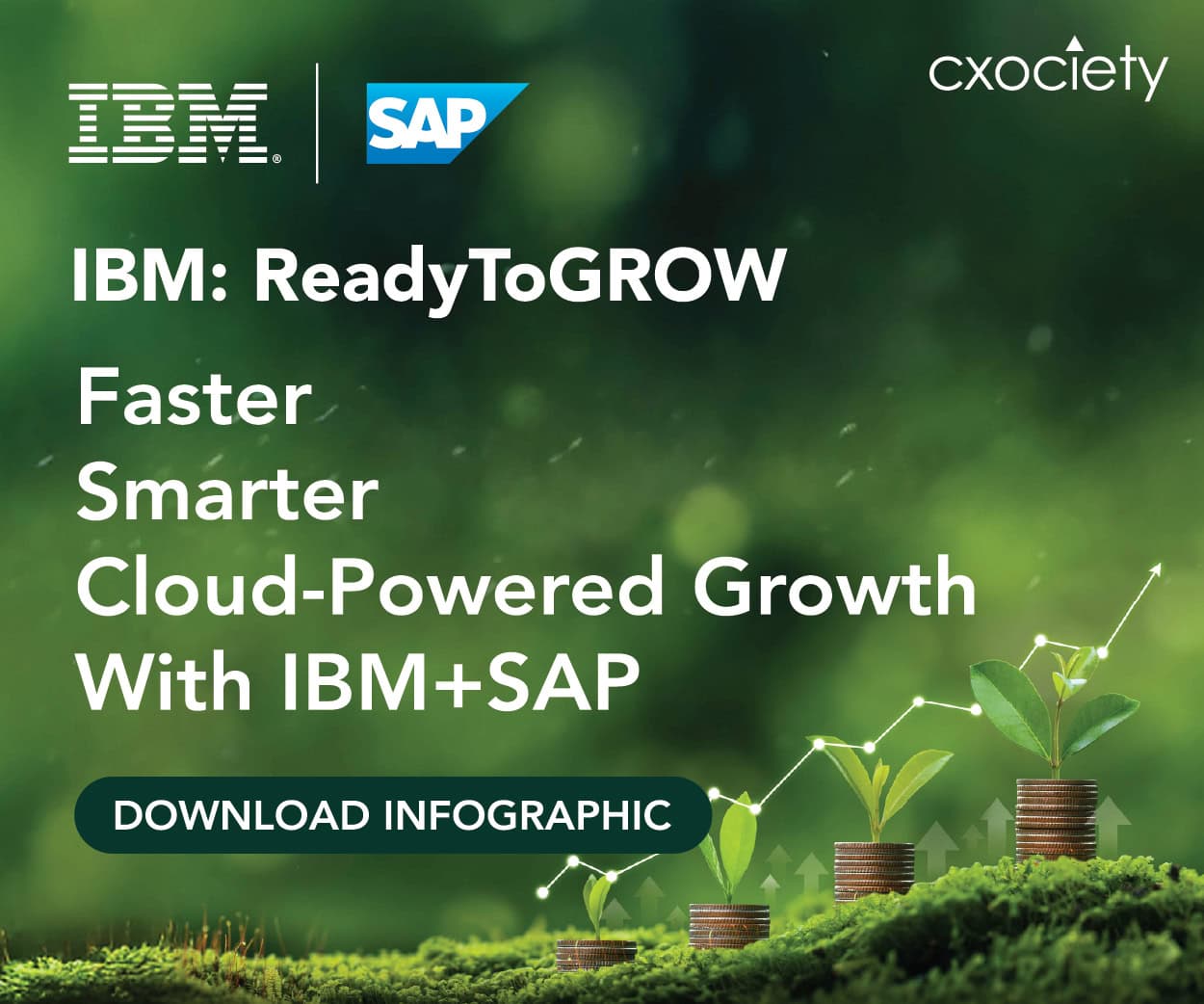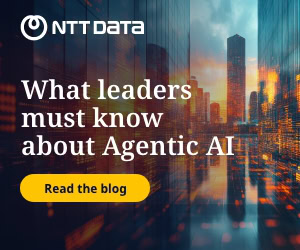In 2025, the business landscape in Malaysia, Singapore, and much of ASEAN is being reshaped by the rapid evolution of technology, particularly in the areas of artificial intelligence (AI), automation, and advanced analytics.
Drawing on valuable lessons learned, organisations are increasingly adopting a hybrid cloud-by-design approach. This strategy offers flexibility and scalability while effectively addressing the complex regulatory environments surrounding data protection, ethical technology use, and cybersecurity.
By leveraging public cloud resources for scalability and securing sensitive data in private environments, businesses can strike a crucial balance between innovation and compliance—an essential strategy for navigating the challenges of data sovereignty.
FutureCIO spoke with Mark Figley, vice president of Power Development at IBM, to better understand the business imperatives driving the move to hybrid cloud and how IBM is addressing these demands with new innovations from the tech giant.
Analyst trends
A hybrid cloud-by-design approach is now widely recognised as a best practice among leading enterprises in Asia.
According to IDC’s 2025 Asia/Pacific Cloud Adoption Survey, over 78% of large enterprises in ASEAN have adopted or are planning to adopt hybrid cloud strategies, citing flexibility, scalability, and regulatory compliance as primary drivers.
This approach enables organisations to leverage the scalability and cost-efficiency of public cloud for non-sensitive workloads, while keeping mission-critical and sensitive data within private or on-premises environments.
Figley underscores this shift: “Nobody lives in the extremes anymore. Organisations now understand that to stay competitive, they need the agility that cloud operations provide, but also the control and compliance that on-premises environments offer.

“The future is about blended thinking—making workload-by-workload decisions based on economics, security, and regulatory needs.” Mark Figley
AI and automation: Catalysts for change
The surge in AI adoption is a defining feature of the current business environment. Gartner’s 2025 CIO Agenda highlights that 63% of CIOs in Southeast Asia have increased investments in AI and automation to drive operational efficiency and enhance customer experiences.
Acknowledging the trends, Figley adds that AI is driving a fundamental shift in computing.
“We’re moving from humans orchestrating transactions with AI as a tool, to agentic AI—AI agents that make decisions and orchestrate transactions themselves. This is leading to an explosion in compute demand,” he commented.
This shift is particularly evident in regulated industries such as finance, healthcare, and manufacturing, where AI is being integrated into core transactional systems. Figley explains that IBM’s Power Systems, especially the new Power11 platform, are engineered to accelerate AI inferencing for real-time, mission-critical workloads.
“Our Matrix Math Accelerator (MMA) and Spyre AI technologies on Power11 enable ultra-low latency AI inferencing directly within production systems,” explains Figley. “This allows organisations to add AI capabilities to their most reliable systems without compromising performance or compliance.”
Navigating regulatory complexity and data sovereignty
Data sovereignty remains a top concern for ASEAN organisations, especially as governments tighten regulations around data residency and cross-border data flows.
Figley emphasises that hybrid cloud architectures are uniquely suited to address these challenges:
“Hybrid cloud allows organisations to keep sensitive data on-premises or in private clouds to meet regulatory requirements, while leveraging public cloud for scalability. It’s a pragmatic approach that balances innovation with compliance.” Mark Figley
He adds that IBM’s security-by-design philosophy is foundational, with the Power11 platform offering advanced features such as quantum-safe boot and encryption.
“Quantum-safe encryption ensures that data remains secure even as quantum computing becomes capable of breaking today’s encryption standards,” he began.
“This is especially important for industries with long product lifecycles, like automotive manufacturing, where data must remain secure for decades.”
Zero downtime as a differentiator
Business continuity is non-negotiable in today’s digital economy. Figley points out that while hardware reliability has reached unprecedented levels—IBM Power11 boasts six nines (99.9999%) of reliability—planned downtime for maintenance and security patching remains a challenge.
With Power11, IBM introduced capabilities like Live Kernel Update (LKU) on AIX and DB2Mirror for IBM i, enabling organisations to apply security patches and perform maintenance without taking applications offline.
This is a game changer for clients, asserts Figley, who can now achieve true continuous availability—no more planned outages for routine updates.
Figley says the focus on zero downtime is resonating with CIOs and technology leaders who are under pressure to deliver uninterrupted digital services in an always-on market.
Simplifying complexity and bridging the skills gap
The proliferation of diverse technologies—applications, hardware, operating environments—has made IT environments increasingly complex.
Figley notes that IBM’s Power Virtual Server (PowerVS) platform was designed to maintain architectural consistency between on-premises and cloud environments, reducing operational friction and the need for specialised skills.
“With PowerVS, clients can run the same architecture in the cloud as they do on-premises. This not only simplifies migration but also long-term management, closing the cloud skills gap and accelerating AI-driven innovation.”
The road ahead
The convergence of AI, hybrid cloud, and regulatory compliance is shaping the future of business in Asia. Flexera’s 2024 State of the Cloud report reveals that 89% of organisations have embraced a multicloud model, with 73% using hybrid cloud. No doubt similar trends are occurring in ASEAN as enterprises adopt hybrid cloud architectures, with AI embedded in core business processes. Organisations that successfully navigate this landscape will be those that embrace flexibility, prioritise security, and invest in platforms that support continuous innovation.
“The mix of offerings we have—on-premises, PowerVS, IBM Cloud—puts our clients in the driver’s seat. They can choose the right mix for their needs, with the agility to adapt as technology and regulations evolve,” concludes Figley.
Click on the PodChats player to hear Figley’s views on the business imperative of embracing hybrid cloud by design.
- Why is it critical for Singaporean and Malaysian business and technology leaders to rethink their technology strategies in today’s fast-evolving digital landscape?
- How do IBM clients address evolving business challenges while also addressing requirements around regulatory compliance, data protection, and data sovereignty?
- In what ways does IBM (Power Systems) accelerate AI workloads and support large-scale, real-time data processing for enterprises in Asia?
- How can hybrid cloud architectures leveraging IBM (Power Systems) ensure zero unplanned downtime and continuous business operations?
- Speaking of security, what unique security features does IBM (Power Systems) offer to safeguard sensitive AI workloads across hybrid cloud environments?
- CIOs tell us that their technology stack today is complex because of the variety of technologies they have in place – applications, hardware, operating environments, management tools, the list goes on. To close our discussion, how can Singaporean and Malaysian organisations leverage IBM Power’s unified hybrid cloud management platforms to simplify operations, close the cloud skills gap, and accelerate AI-driven innovation?





